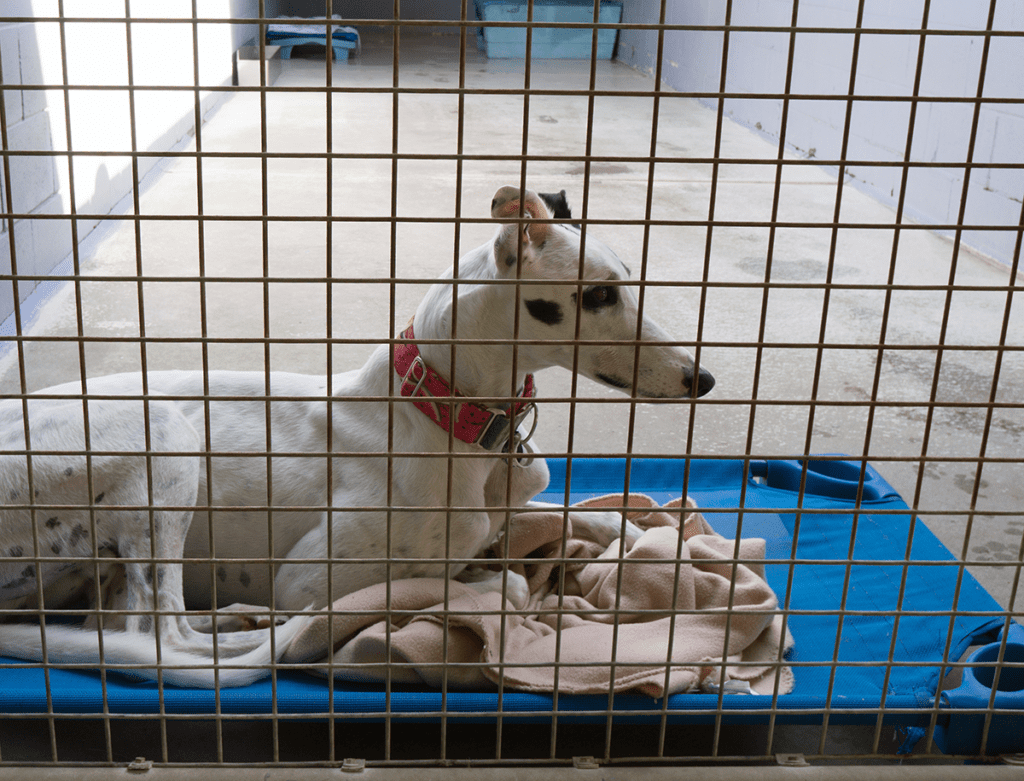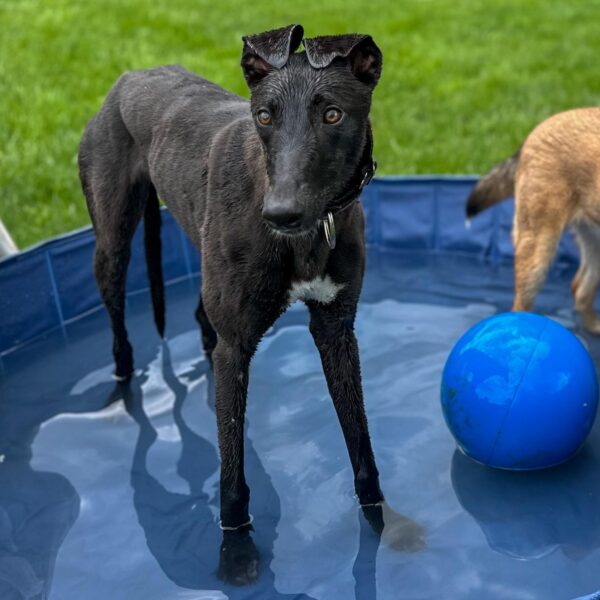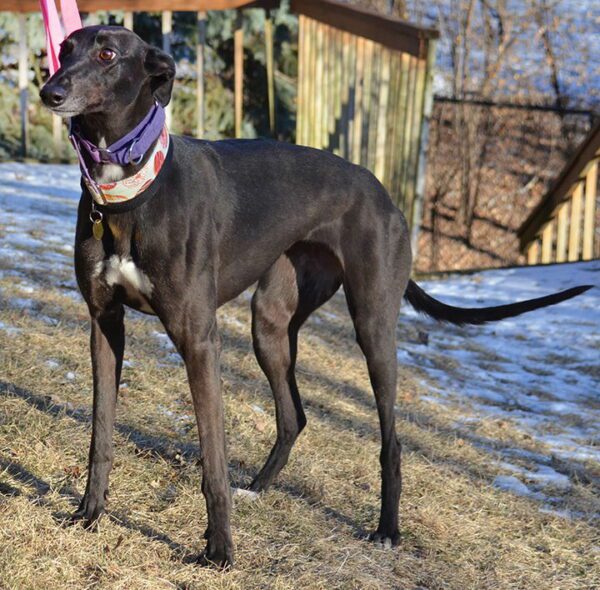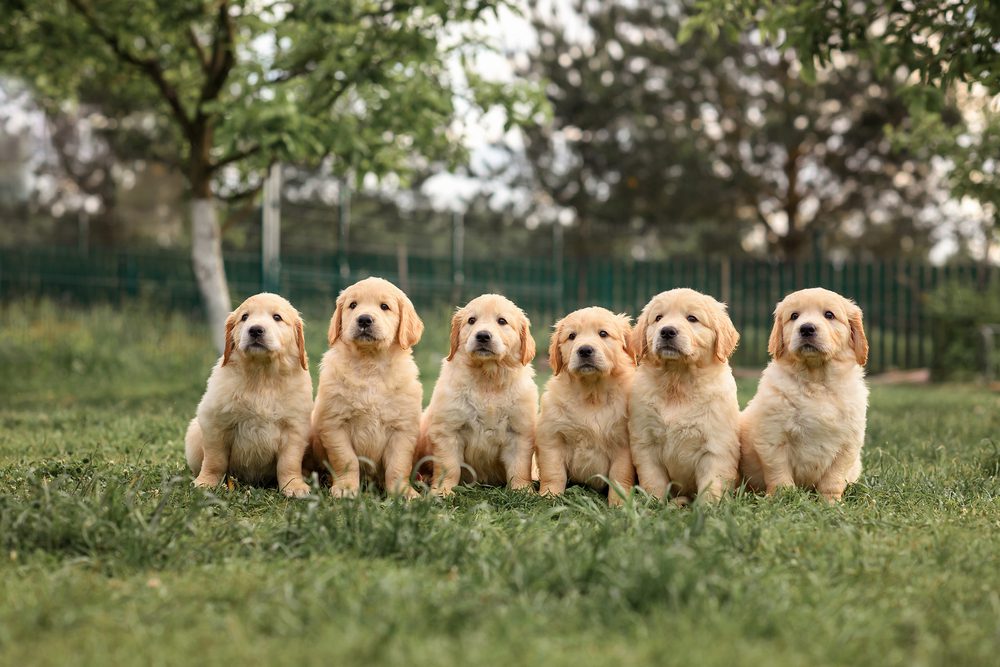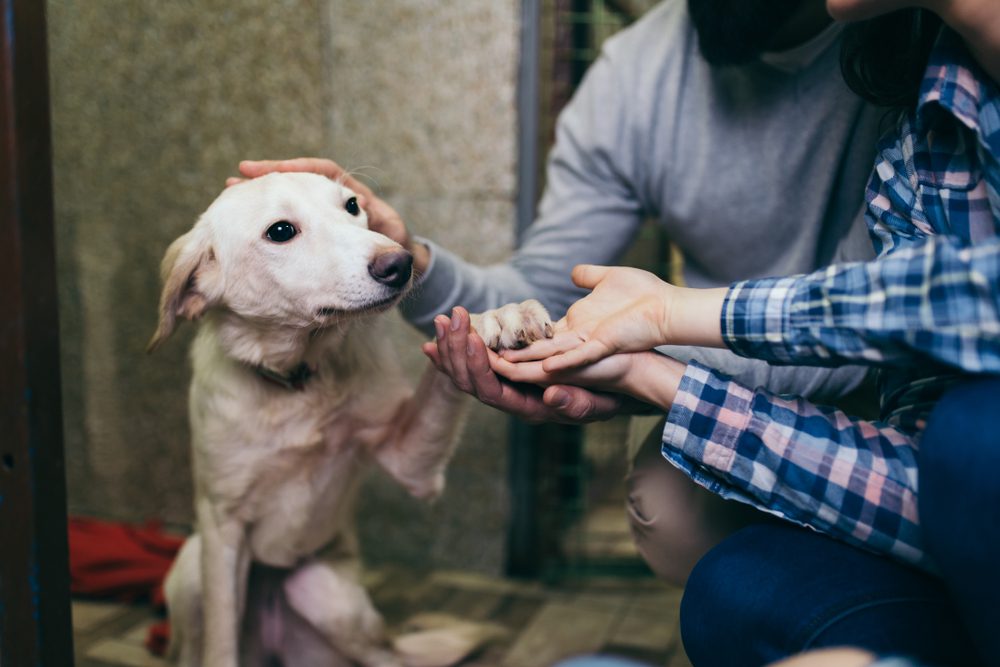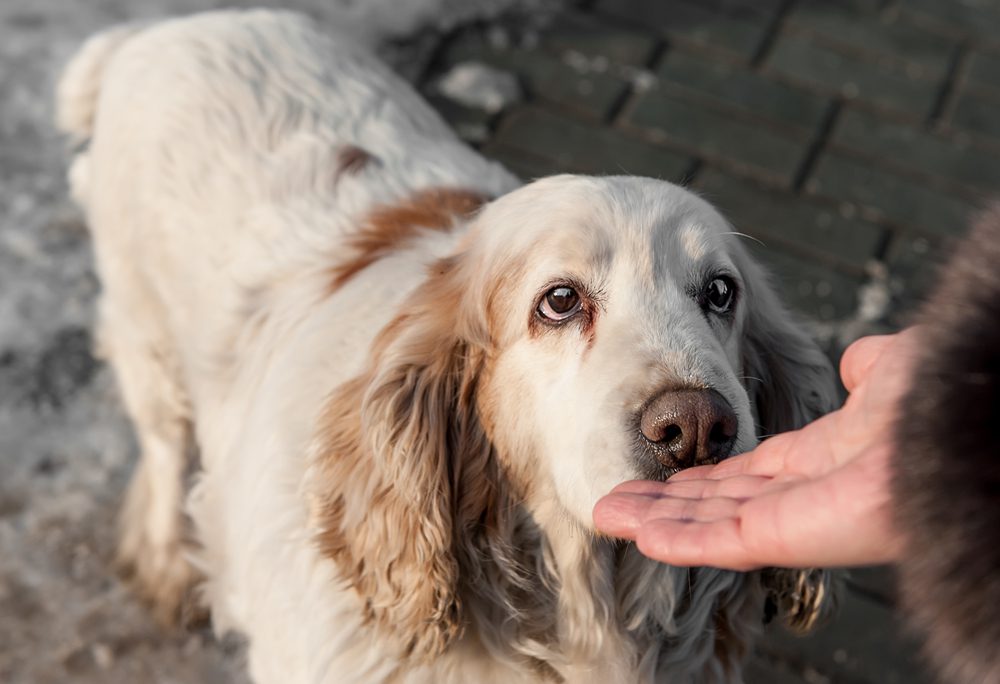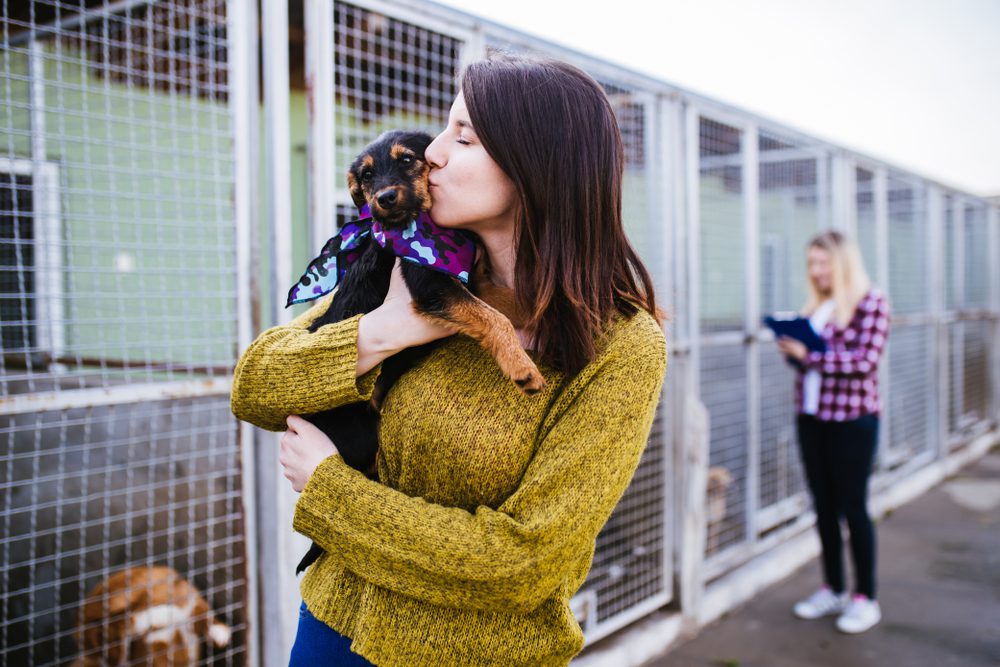Greyhound
Breed Stats
Adopting a Greyhound: An Overview
Often crowned as the world’s fastest dog breed with a top speed of up to 45 miles per hour, greyhounds are well known for their speed. However, these dogs have other characteristics worth mentioning beyond how quickly they can run. For anyone that wants to get a greyhound, researching this breed’s characteristics is essential to ensure you end up with a dog that meets your expectations and matches your preferences. Below, we will talk all about greyhounds and answer your questions pertaining to adopting one of these dogs.
Greyhound Adoption Process – What to Expect
First and foremost, greyhounds can be tricky to find. locating one up for adoption can take some work. Your first action to find greyhounds for adoption should be checking online listings like Dog Academy. When browsing adoptable dogs, filter by state to find dogs in your area. You can also contact local shelters or greyhound rescues in your area.
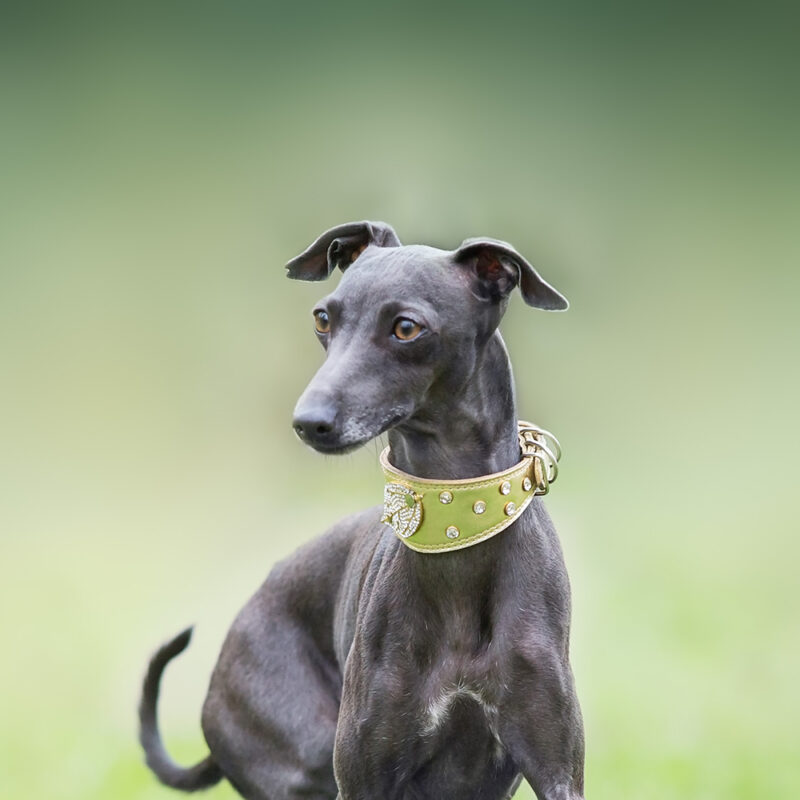
Once you find a dog you’re interested in adopting, read their description carefully to learn more about what you should expect. If you’d like to move forward with adoption, meet the dog in person to get to know their personality. Given though greyhounds are easygoing dogs, they will undoubtedly be happy to get to know you.
Meeting the greyhound you’re interested in adopting also presents an opportunity to learn more about their personality, which can help you determine if they are a good match. For instance, some dogs might be super sweet towards people but have intense dog aggression. A greyhound like this won’t be an ideal dog to adopt for someone with multiple dogs. This is just one example of why it’s a good idea to meet the dog(s) you want to adopt in person to get an idea of which ones would be a good fit for you.
If the greyhound seems like a good match, submit your adoption application. This typically involves filling out a form and scheduling a house visit. The application form will likely ask about your experience, work, living arrangements, and family. All these will help the staff or the foster parent determine if you’d be a good fit considering the greyhound’s personality and individual needs.
After this step, you can pay the adoption fee and bring your newly adopted greyhound home if accepted. The adoption fees for greyhounds vary depending on the state, the dog’s age, and individual needs, but typically range between $150 and $500. Note that senior dogs and greyhounds with intense care needs may not have adoption fees to encourage adoption.
The above summarizes the adoption process for a greyhound. However, keep in mind that the exact process may vary depending on how the organization or individual rehoming the greyhound accepts applications. Also, be prepared to wait as adoption applications can take weeks to process.
For Even More Information on Greyhounds
View Breed InfoGreyhounds For Adoption
How to Care for an Adopted Greyhound?
Caring for a dog requires commitment. Dogs up for adoption can come from harsh backgrounds or carry the trauma of being displaced. Therefore, adopted dogs can require extra care, regardless of breed.
Greyhounds aren’t particularly high-maintenance dogs, but they have sensitive personalities that call for an attentive owner. A greyhound, particularly an adopted greyhound once you gain their trust, will pay you back with companionship and loyalty like no other. Here’s more on how to look after an adopted greyhound to set realistic expectations on what it is like to have one of these dogs under your care.
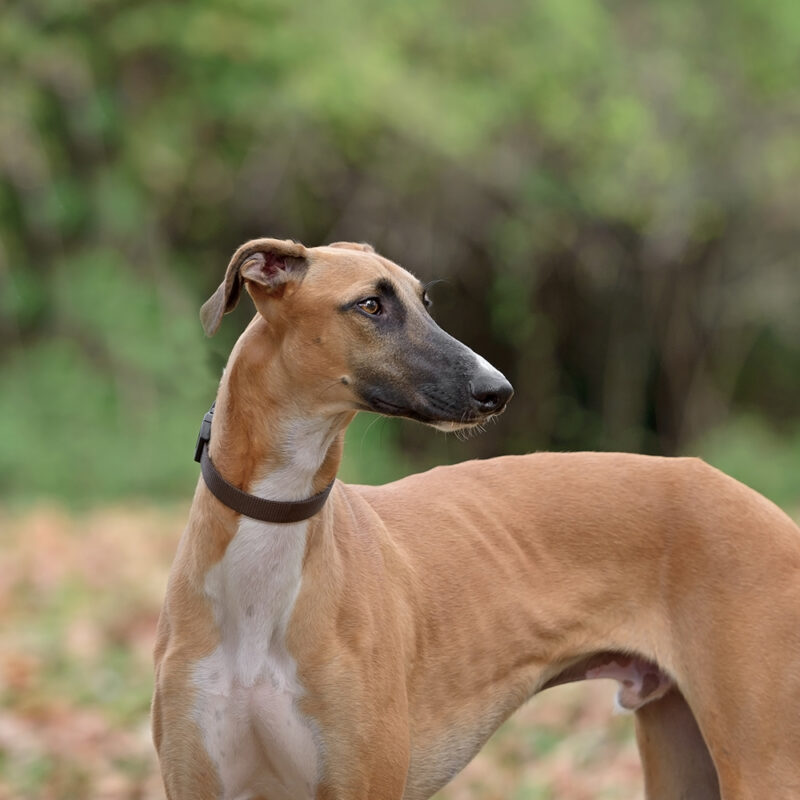
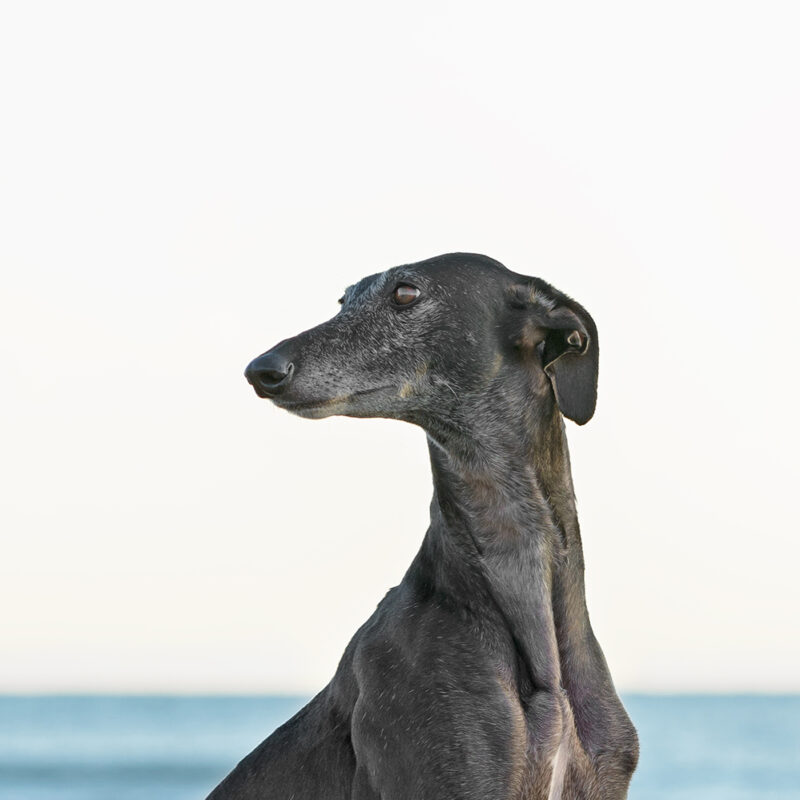
Grooming
Greyhounds are pretty low-maintenance when it comes to grooming. They have short, glossy coats that shed moderately year-round. To maintain their coat, brushing once a week or so using a rubber grooming mitt is enough to remove dead hair from their undercoats. The greyhound’s lean body and coat type don’t offer much protection against cold weather, so this breed often requires dog clothing to keep warm in colder weather.
In addition to coat care, greyhounds have basic grooming needs. These include dental care, nail trimming, ear cleaning, and paw care. Dental care is particularly important with greyhounds, so it must be taken care of regularly. Start brushing your greyhound’s teeth early to make it a habit both for you and your dog.
Health
Greyhounds are generally healthy dogs with only a handful of health problems they are prone to develop. Aside from dental issues, bloat, drug sensitivity, skin allergies, digestive problems, and spinal issues are the most common health conditions prospective owners should know about.
When adopting a greyhound, thoroughly research the dog’s health and background to know what to expect from their health. This is particularly important if adopting a retired racing dog as they might have pre-existing conditions or injuries.
Exercise
Greyhounds are equipped with extremely athletic bodies capable of reaching speeds seldom seen in other breeds. Due to this, most people expect an overly energetic dog, but the greyhound is a surprisingly calm dog that’s pretty low-energy. While they enjoy daily walks and an occasional chance to run in a secured area, greyhounds are generally pretty relaxed.
As long as you walk a greyhound for about 45 to 60 minutes each day, you will have a well-exercised dog that doesn’t ask for more. However, individual temperament matters, and the greyhound you adopt might be more energetic than others. Spend as much time as possible with the dog you plan on adopting to understand their exercise needs.
Training
All dogs have training needs. You should start training your adopted greyhound from the very first day to establish house rules and help them adapt to your lifestyle. Given their gentle nature, never resort to severe punishments when training a greyhound; always use positive reinforcement training to motivate your dog.
An important note about training a greyhound is that you must find the right motivation for them. These dogs are extremely smart and capable but also have an independent mind. This means they might not show interest in training, particularly if it gets repetitive and boring. Find what your greyhound values by trying different rewards like treats, praise, playtime, or a combination of all these to see what motivates them in training.
Puppy Care
If adopting a greyhound puppy you will need to take some specific actions to ensure they grow up to become a well-mannered, confident dog. Most importantly, this includes early socialization by letting them interact with strangers and friendly dogs, exploring new places, and exposing them to different environments (e.g. crowded places, confined spaces, nature). Training and establishing boundaries are also important for raising a greyhound puppy.
Also, you should puppy-proof your home before adopting a greyhound. Greyhound puppies are fragile dogs that can be hurt easily, so remove any object that could be hazardous. Also, check your yard for toxic chemicals or plants and inspect for any weak spots or gaps in fencing to ensure your greyhound puppy doesn’t escape.
Is It a Good Idea to Adopt a Greyhound As Your First Dog?

The greyhound is overall an ideal dog breed for first-time dog owners. They are easy-going dogs that can easily adapt to their owner’s lifestyle. Whether you keep an active lifestyle or lead a calm life, the greyhound will equally be an ideal companion.
When determining whether a greyhound would be a good first dog for you, carefully consider the breed’s care needs by going over everything we’ve covered above. Regardless of your past experience with dogs, it is important to understand what it takes to care for this breed. Although greyhounds are overall low-maintenance dogs, they need an attentive owner to live a fulfilling life.
As long as you’re ready to provide the care these dogs need, your experience as a dog owner shouldn’t affect your decision. Greyhounds are an excellent choice for first-time dog parents ready to meet their care needs. Just be mindful of their sensitive personality and be extra gentle with an adopted greyhound in the early days to help them adapt to their new life.
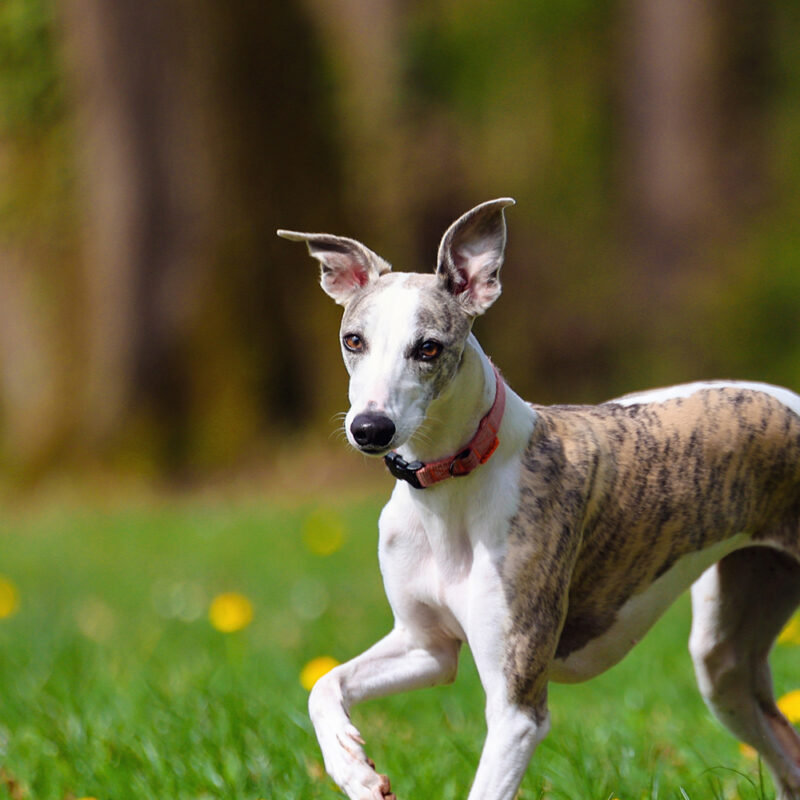
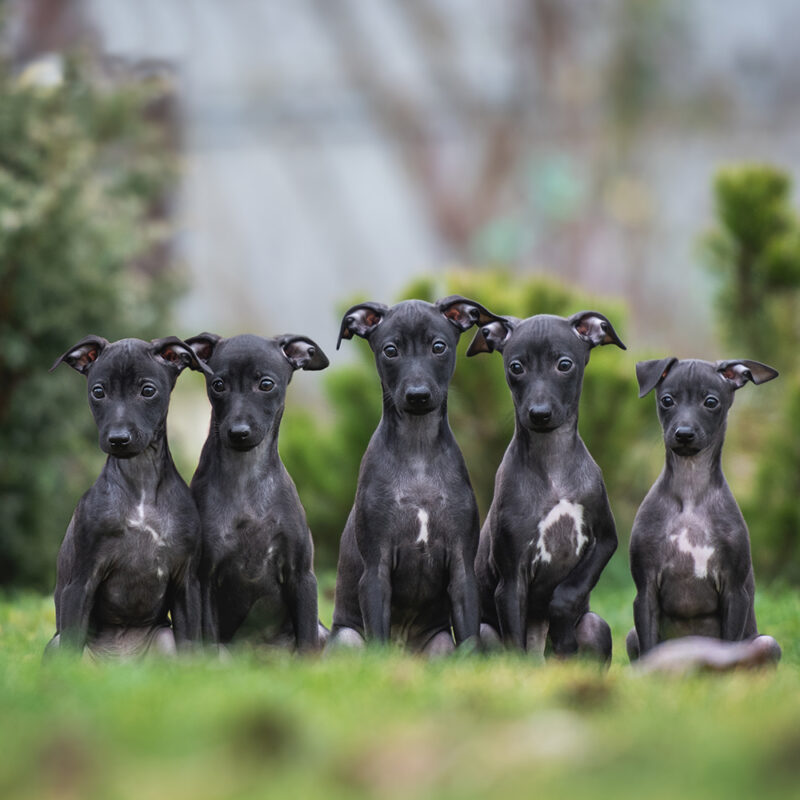
Adopt the Right Greyhound for You
Everything we’ve covered above should equip you with the knowledge you need to make an informed decision on adopting a greyhound.
It is essential to understand whether a given dog breed is the right choice, but what’s even more important is determining if the specific greyhound you’re interested in adopting is the right dog for you. All dogs have unique personalities, and finding a dog that matches your preferences and lifestyle will eliminate any potential regrets.
When meeting dogs, ask questions of the foster dog parent and look for adoption red flags. If you get vague answers to your questions or aren’t assessed and can adopt the dog right away, it might indicate that there’s something about the dog they don’t want you to know.
Always research the dog you’re about to adopt thoroughly as well as the organization or the individual rehoming them. Although being picky with the process might lengthen how long it takes to find a suitable greyhound for adoption, it will eventually lead you to the right dog.
Now that you know how to adopt a greyhound, begin looking for dogs up for adoption. Start your search on Dog Academy and find greyhounds in need of a home in your area. Browse adoptable dogs by checking their details and descriptions to find the right match.
